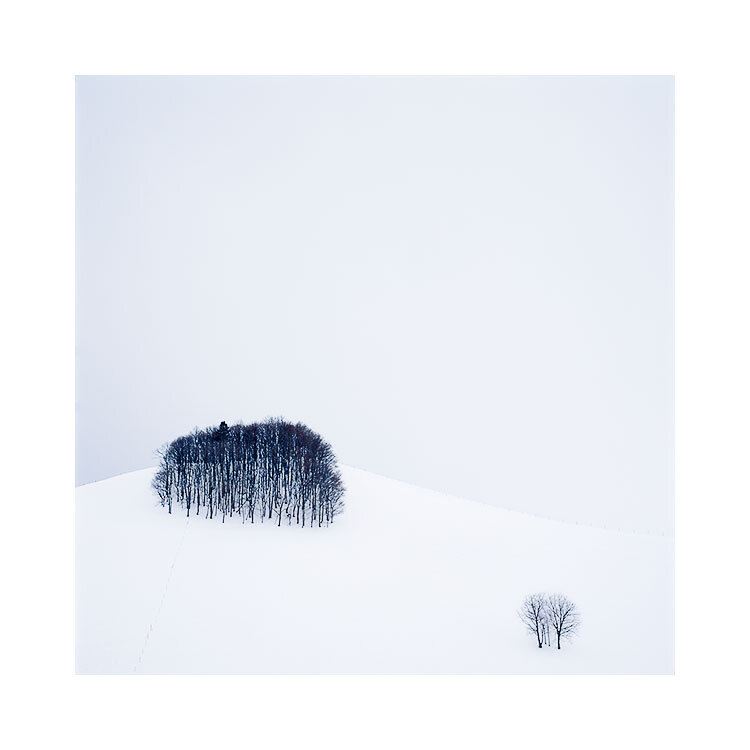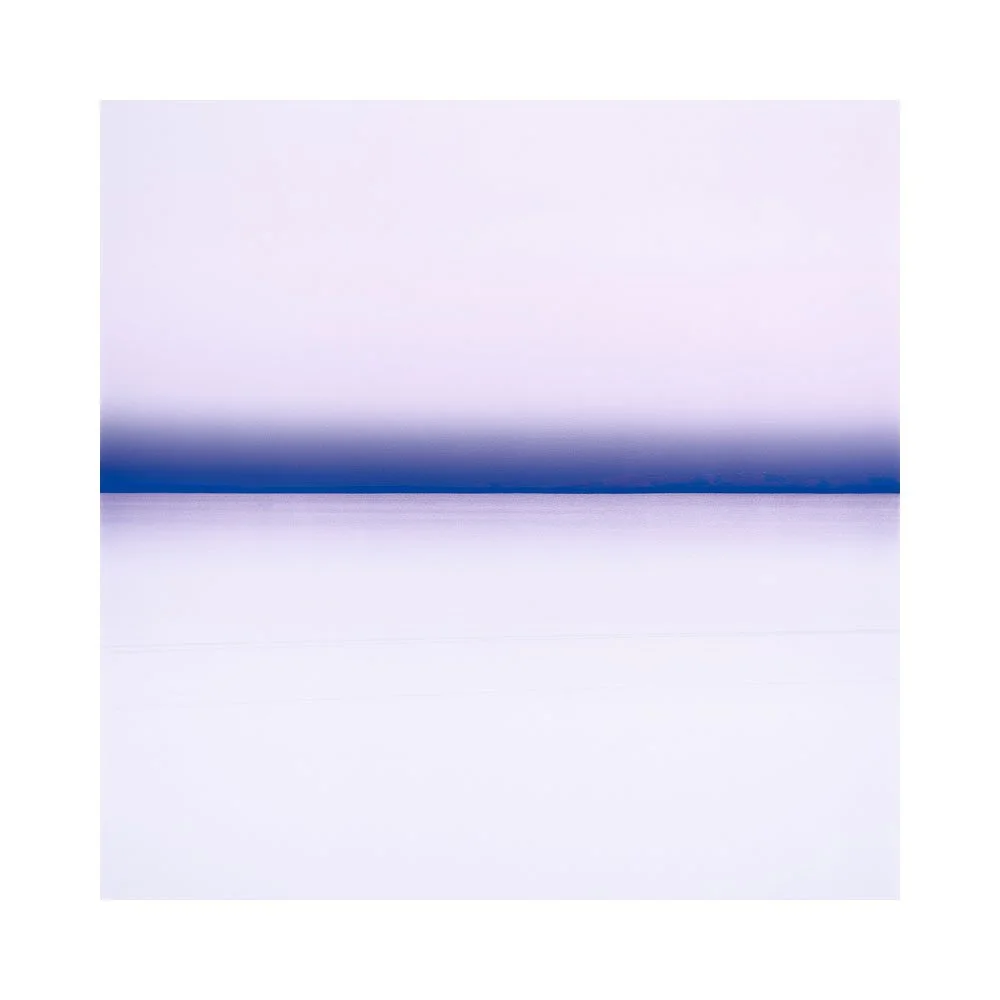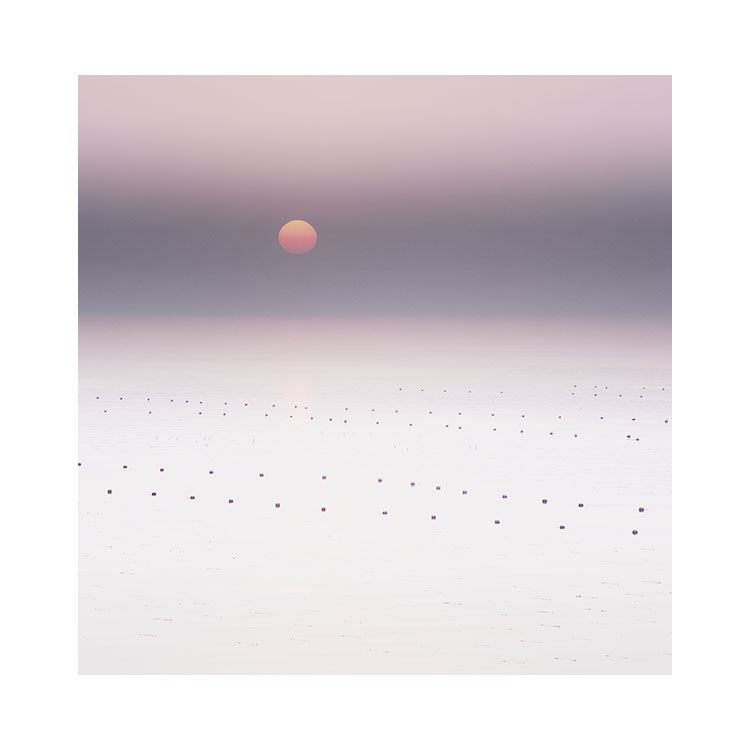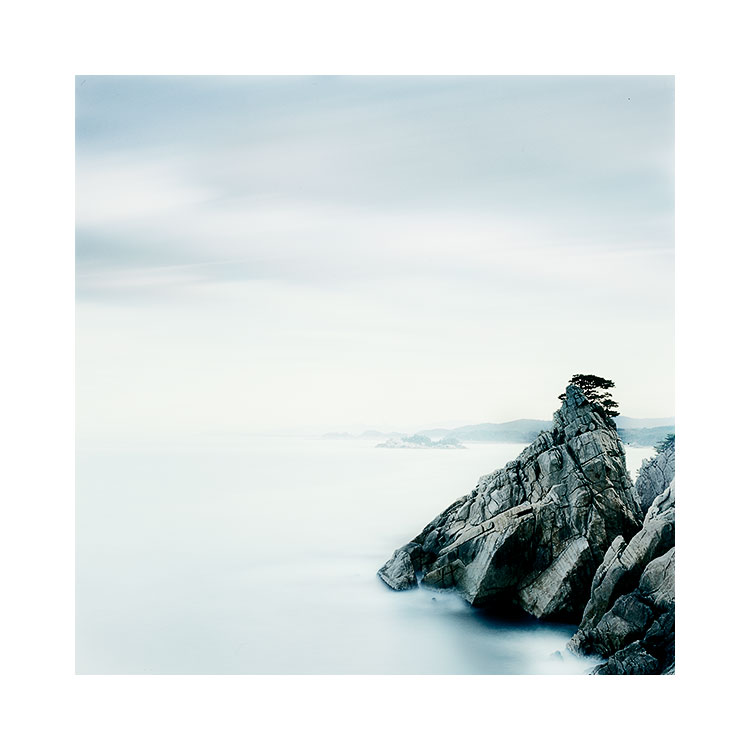Preamble - this is a post that was originally published back in October 2020. I am finding much value in digging back through this blog.
This little area of Hokkaido is rather special to me. There are many rolling hills with bunches of copse together. When I am here, I am always striving to isolate groups of the copse with maybe a few single trees around them, but it’s so hard because there are often more complex, less attractive aspects of the landscape trying to creep into the shot.
‘To me, what you leave out of the frame is often just as important
or more important than what you choose to leave inside the frame’
As simple as this shot may appear, it took quite some effort to do, because I was constrained by a large forest just outside the bottom area of the frame. I found I had to go higher and higher up a hill to get enough clearance, and even then, in order to completely remove the unwanted forest, I had to settle on this composition:
Due to the large forest (just outside the bottom part of the frame) being so close to the little trees, I couldn’t give the trees enough space below them. This forced me to push the two little trees towards the edge of the frame.
At the time of capture, I remember thinking ‘this is a little unusual’, as everything in the frame of interest is really bunched down at the bottom of the frame. Can I live with it?
’
‘I think all you can do is make the shot,
and leave the pondering for another time’
(we are best being editors when at home)
I think all you can do is make the shot, and leave the pondering for another time. And indeed, as I’ve lived with this image over the past two years I’ve grown to really enjoy it. To me, those little trees are so keen to be part of the copse. But they’re almost being pushed out of the scene.
So sometimes it’s ok to put subjects at the very edge of the frame. Sometimes it’s ok to create tension. I just think that it has to look like it was intentional. Otherwise most viewers will assume it’s a bad composition.
I would also like to add that by being restricted to composing this view because I was trying to avoid what is outside of the frame, I was forced to create a composition that is / was outside my normal habits or comfort zone.
Sometimes (if not all the time) restrictions and limitations are a good thing, and encourage an attitude towards innovation.

























































